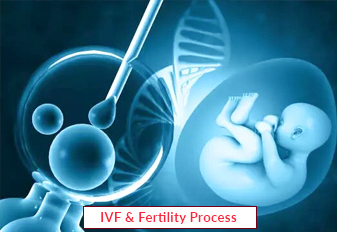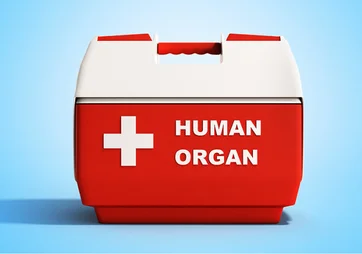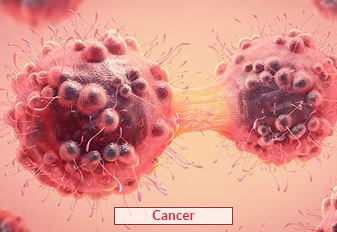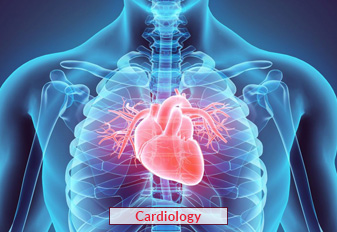IVF Treatment

IVF, or in vitro fertilization, is a sophisticated set of processes that has the potential to result in pregnancy. It is an infertility treatment, a disorder in which most couples are unable to conceive despite at least a year of trying. The most successful method of treating infertility involving the handling of eggs, embryos, and sperm is in vitro fertilization. This collection of medical procedures is referred to as assisted reproductive technology.
Book an Appointment
About IVF
IVF is used to treat a variety of infertility-related conditions, including endometriosis, sperm count problems, advanced age in the woman, damaged or obstructed fallopian tubes, and many more. Your age and the reason for your infertility are just two of the many variables that affect your chances of conceiving a healthy child with IVF. Couples can find hope via the IVF and fertility process, which increases the likelihood of a successful pregnancy. Progesterone shots or pills must be taken by women undergoing in vitro fertilization (IVF) every day for eight to ten weeks following the embryo transfer.
There are five basic steps for IVF:
- Stimulation, also called super ovulation
- Egg retrieval
- Insemination and fertilization
- Embryo culture
- Embryo transfer
Procedure of IVF
In vitro fertilization is a treatment for infertility or genetic problems. Before you start a cycle of IVF using your eggs and sperm, you and your partner will likely need various screening tests.
- It starts with medicines, called fertility drugs, which are given to the woman to boost egg production.
- The woman has a little operation known as a follicular aspiration to retrieve the eggs from her body. The other ovary undergoes the same surgery again. After the surgery, cramps could occur, but they should go gone in a day or two.
- The man's sperm is placed together with the best quality eggs. The mixing of the sperm and egg is called insemination. Eggs and sperm are then stored in an environmentally controlled chamber. The sperm most often enters (fertilizes) an egg a few hours after insemination.
- The fertilized egg develops into an embryo when it splits. Pre-implantation genetic diagnostic (PGD) is something that couples who are highly likely to pass on a genetic (hereditary) disease to their offspring might think about.
- Embryos are placed into the woman's womb 3 to 5 days after egg retrieval and fertilization. Unused embryos may be frozen and implanted or donated at a later date.
Require Assistance?
Get A Quick Callback From Our Healthcare Experts







